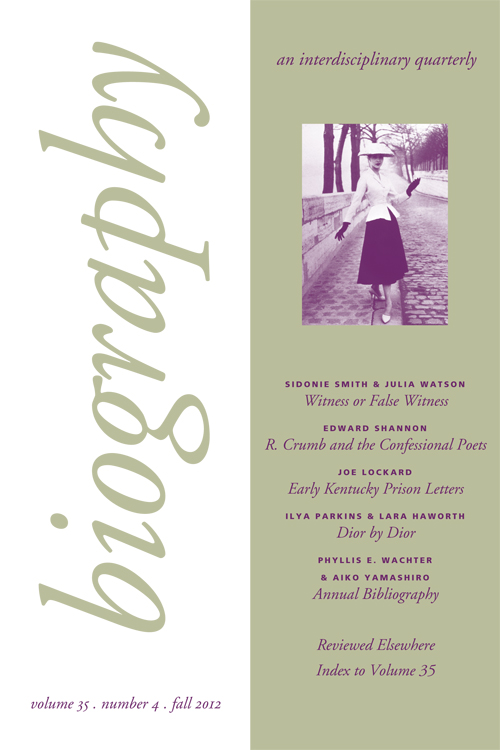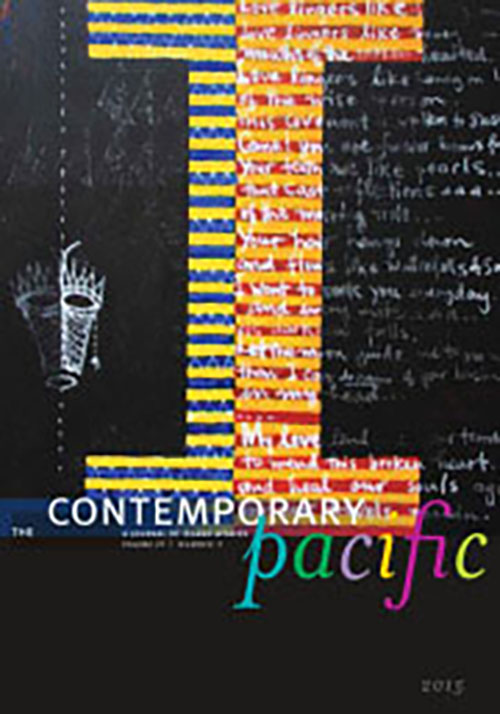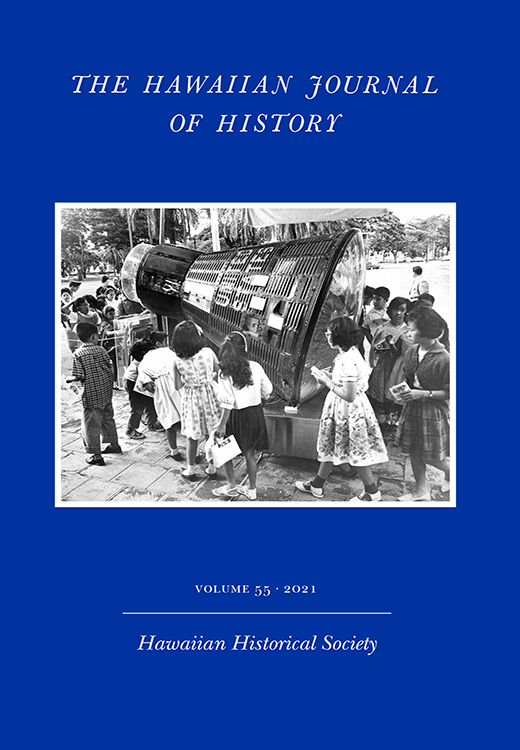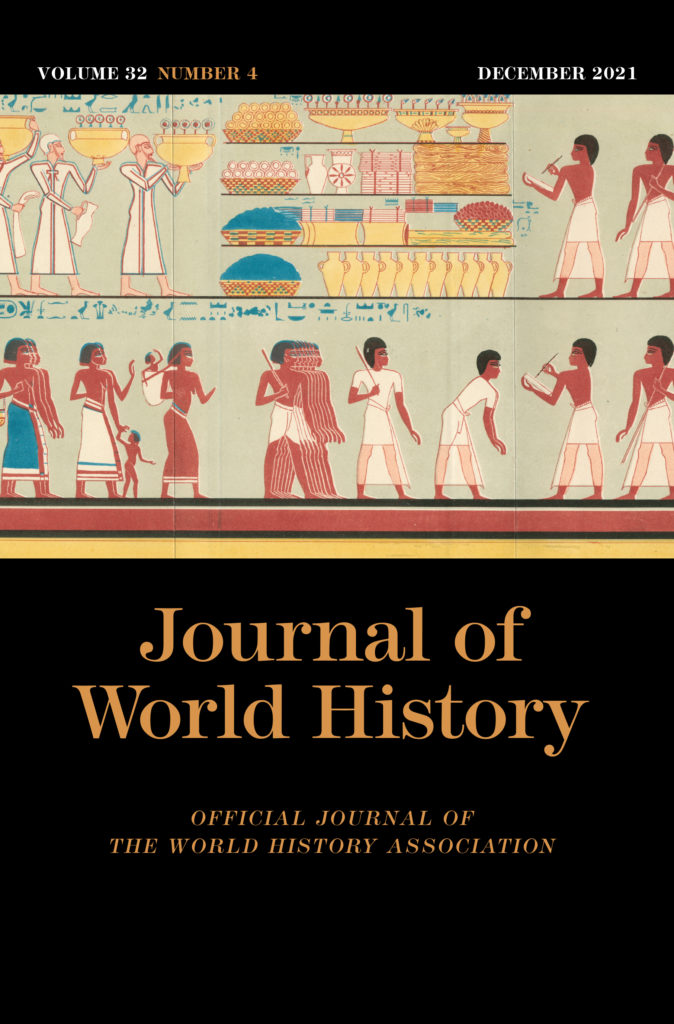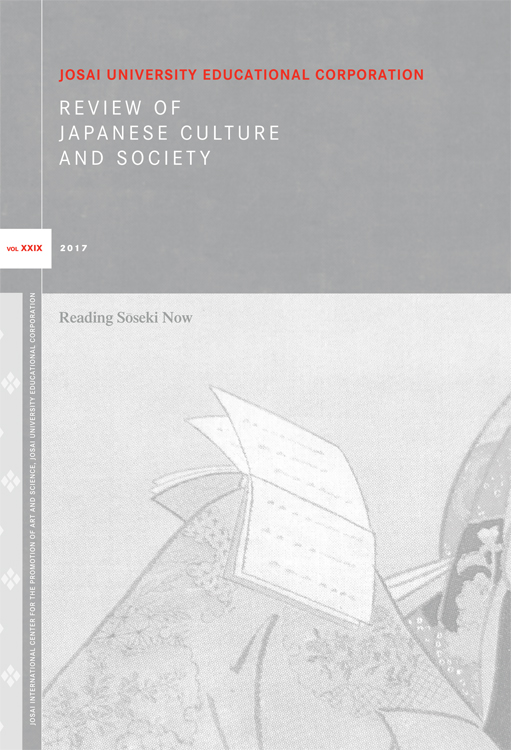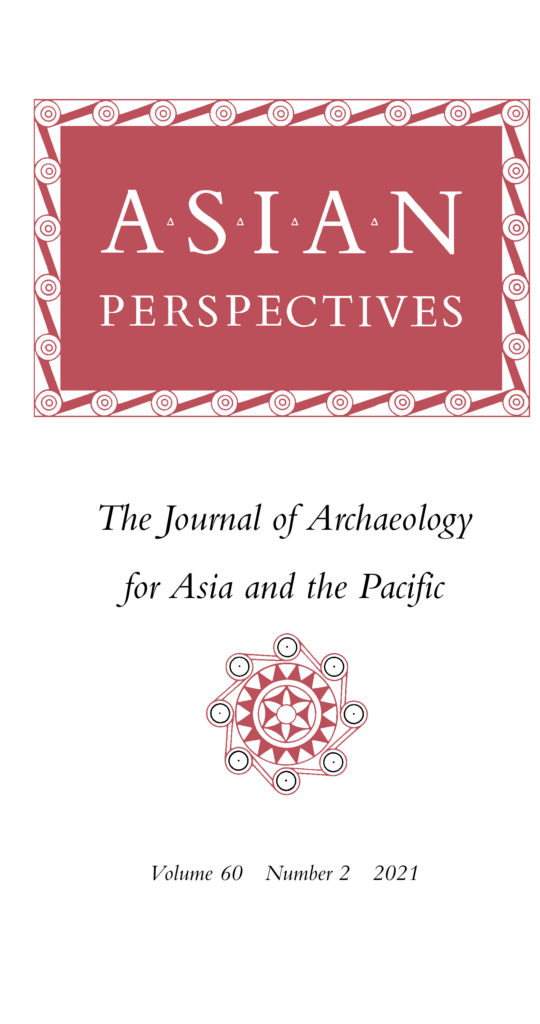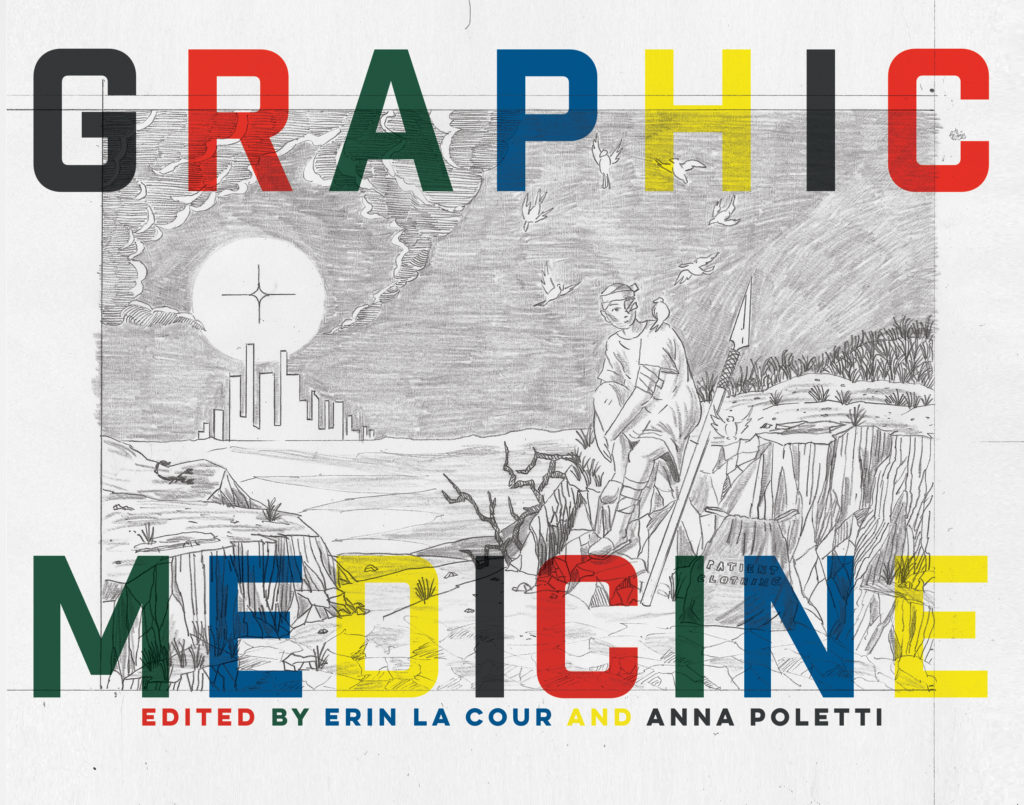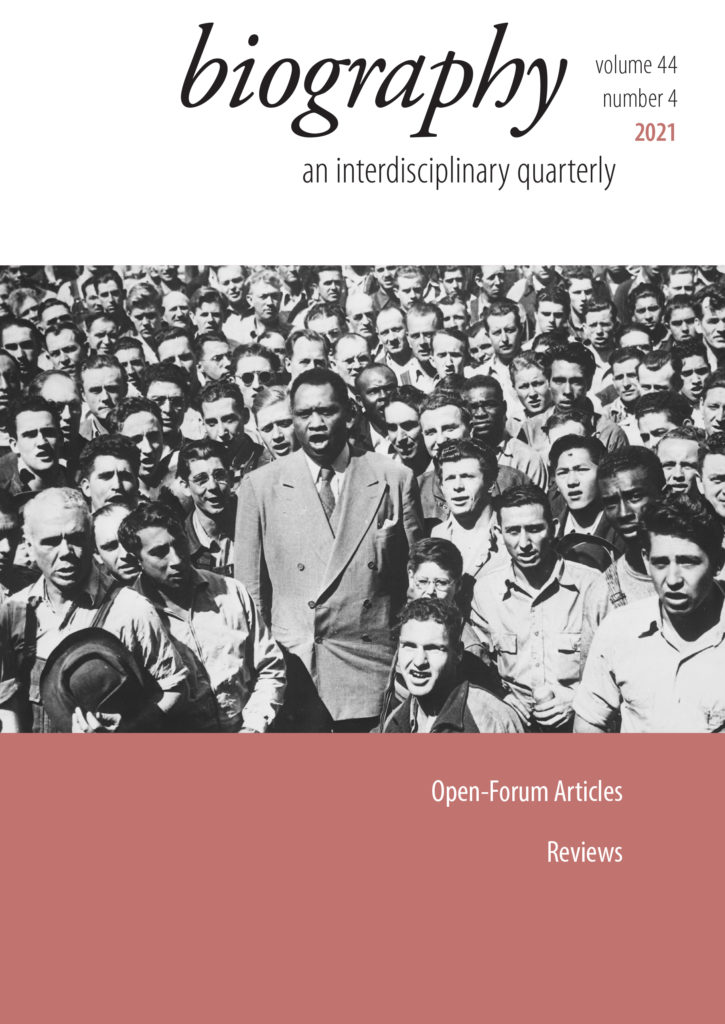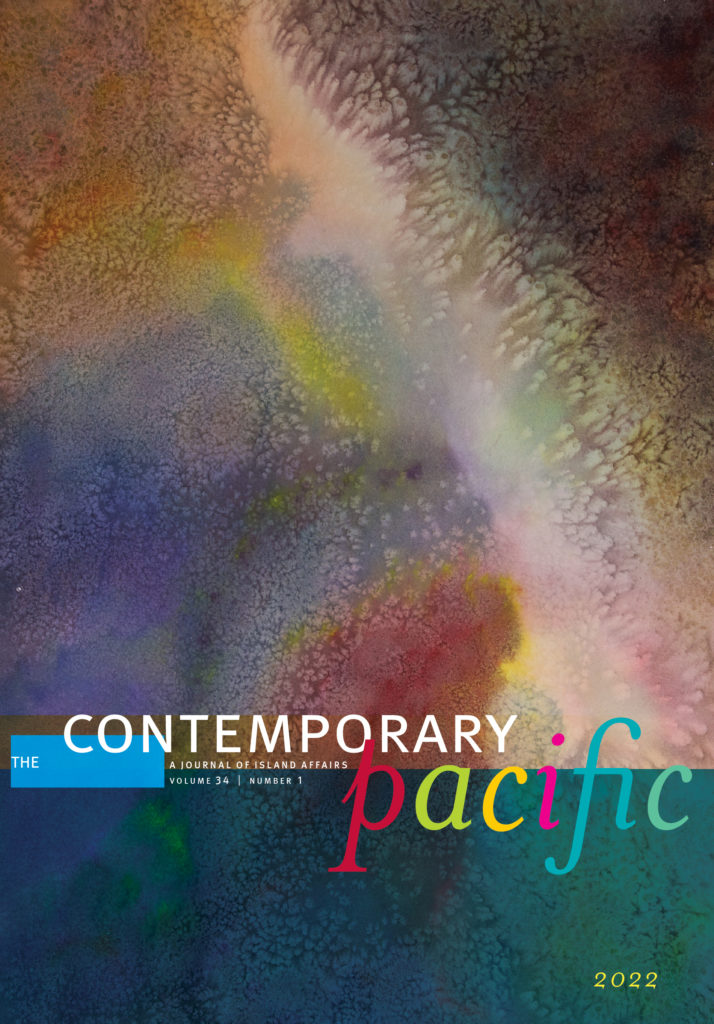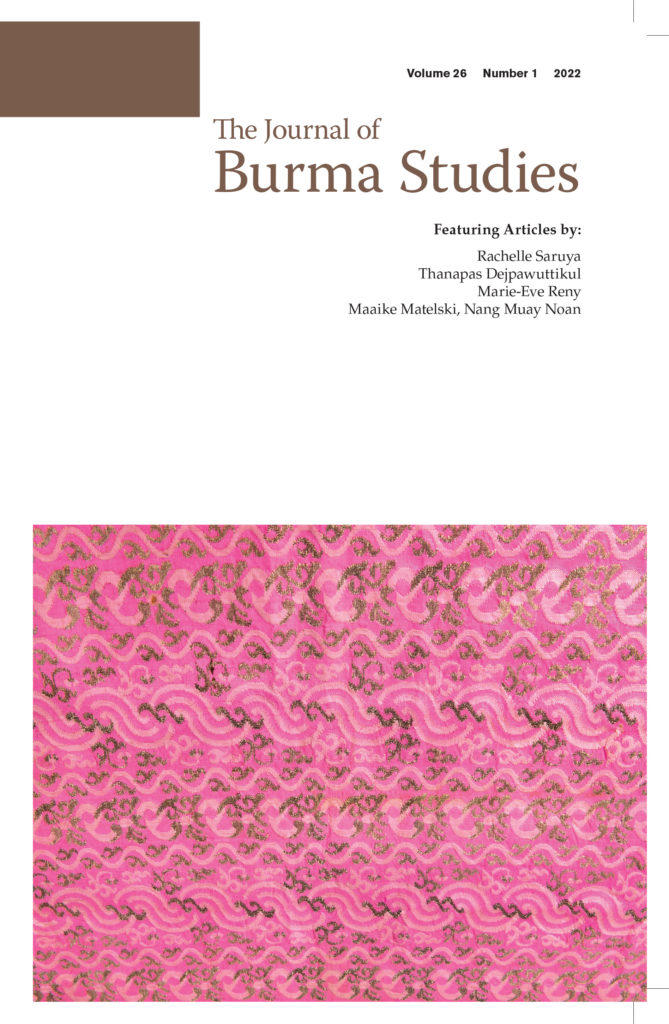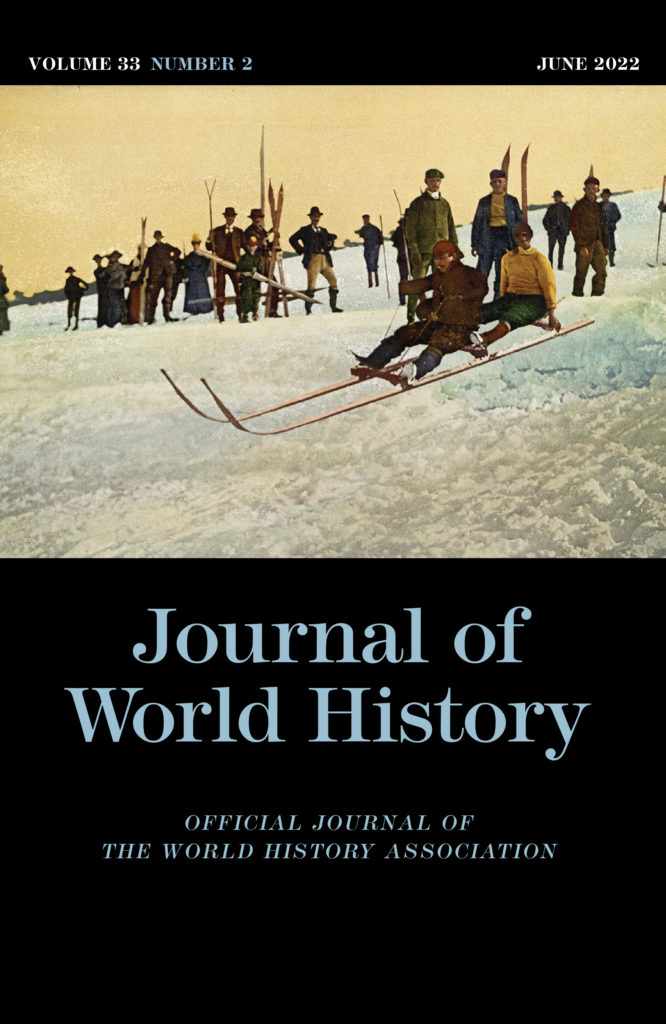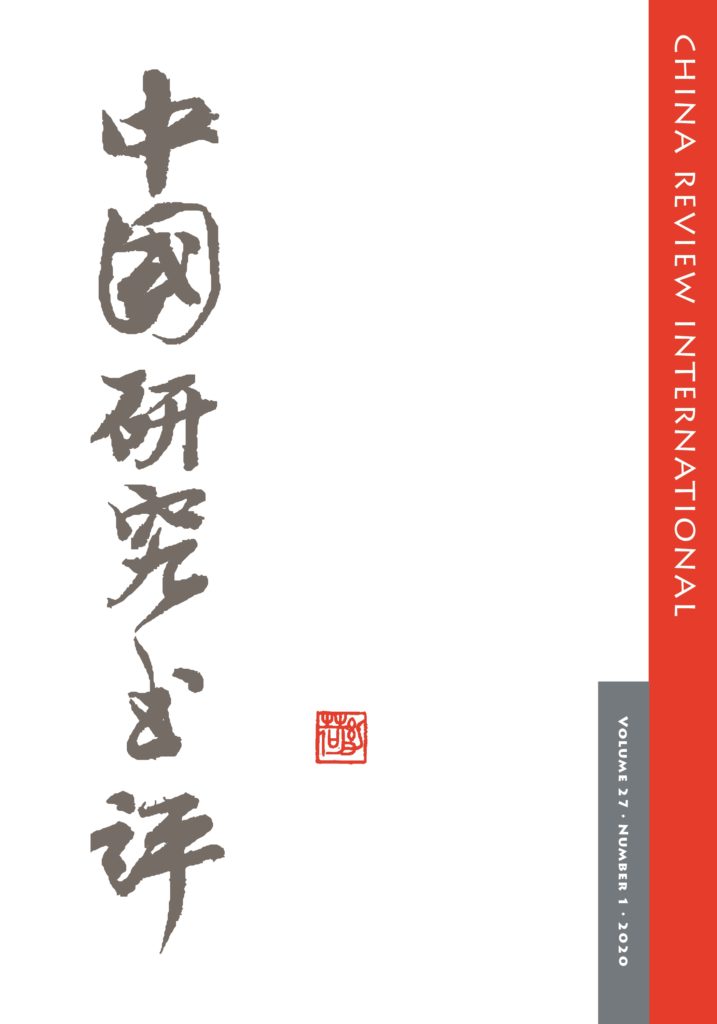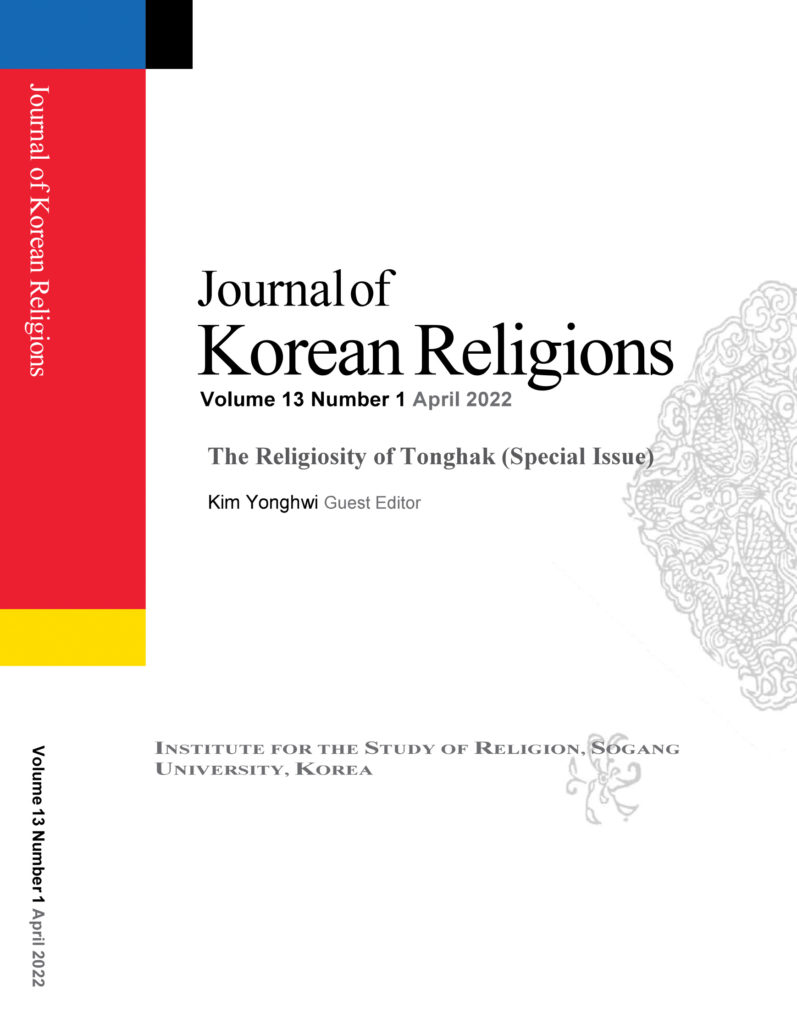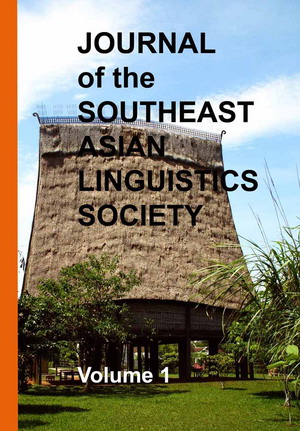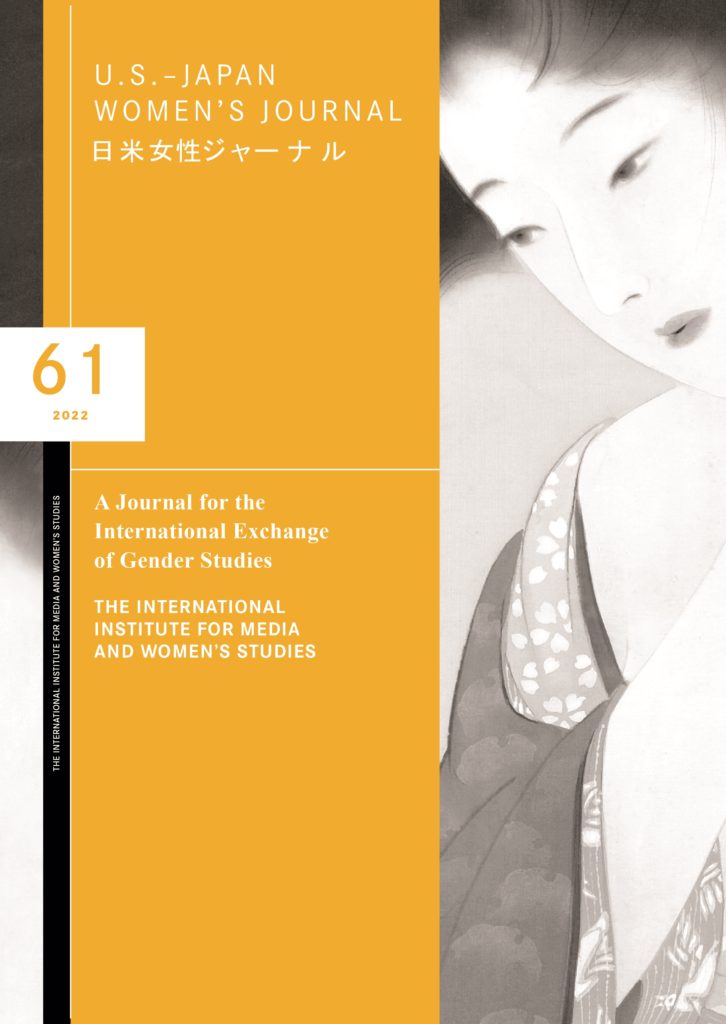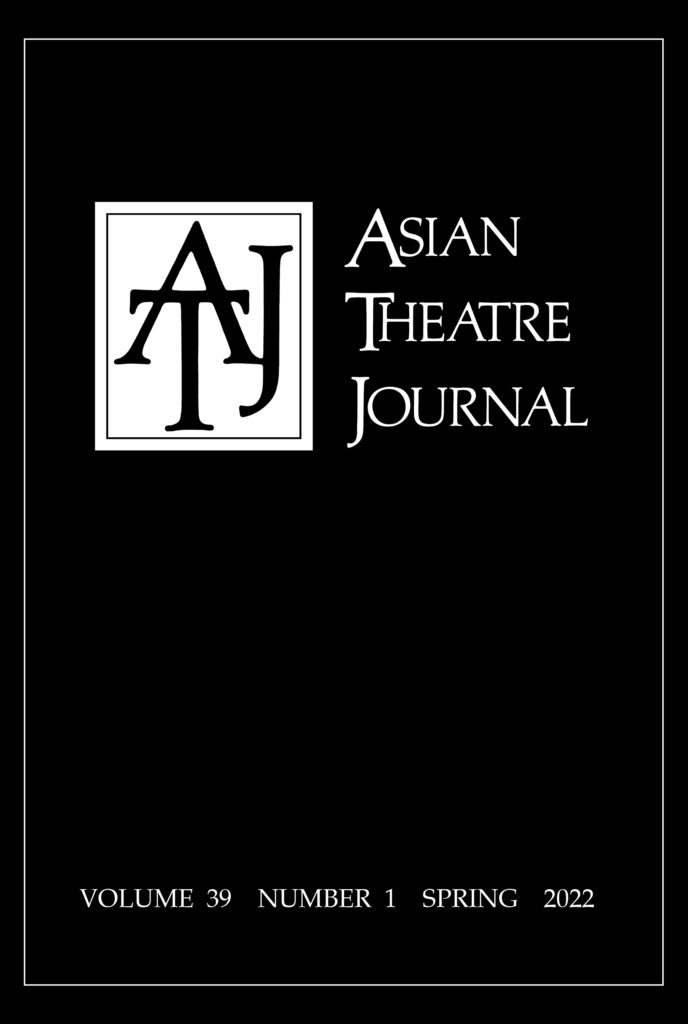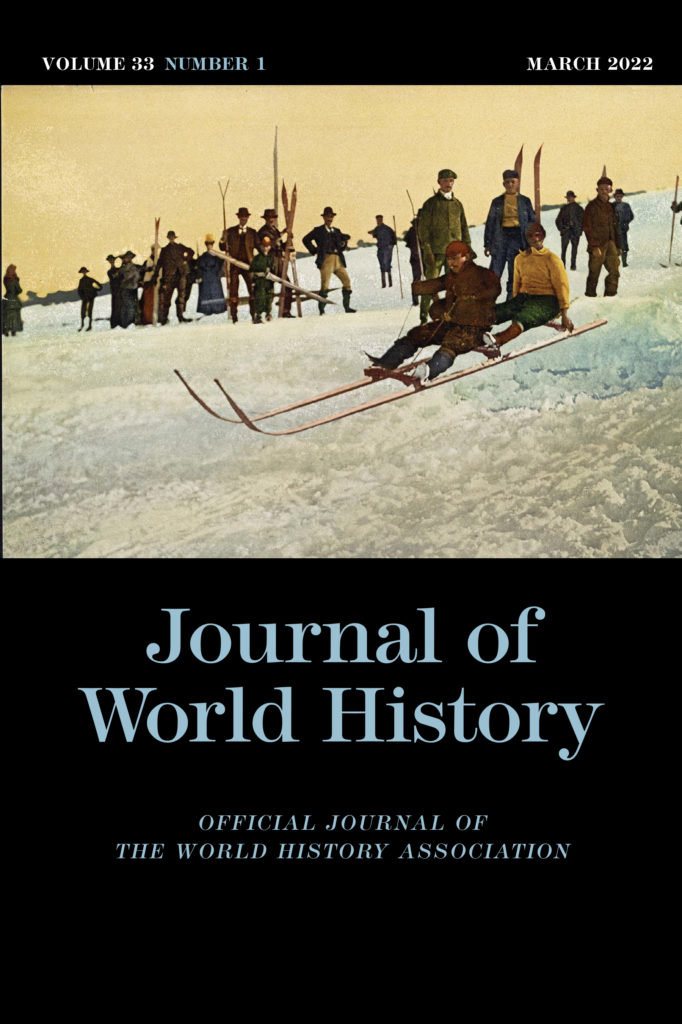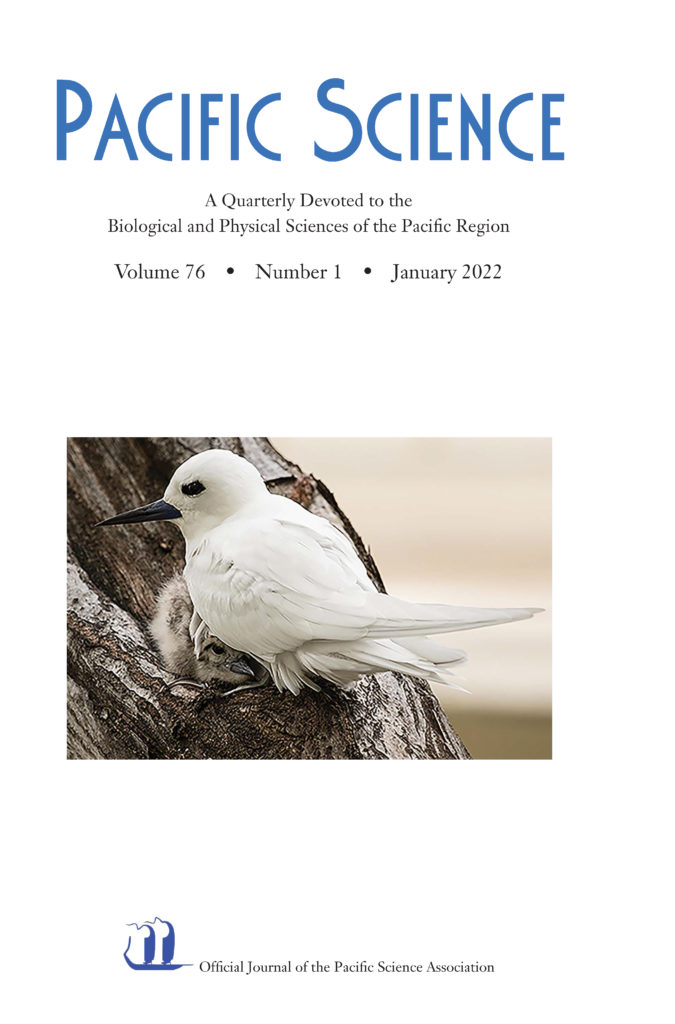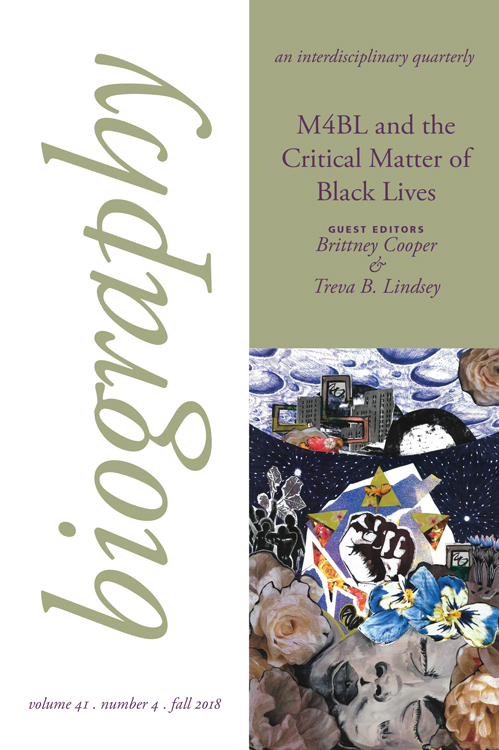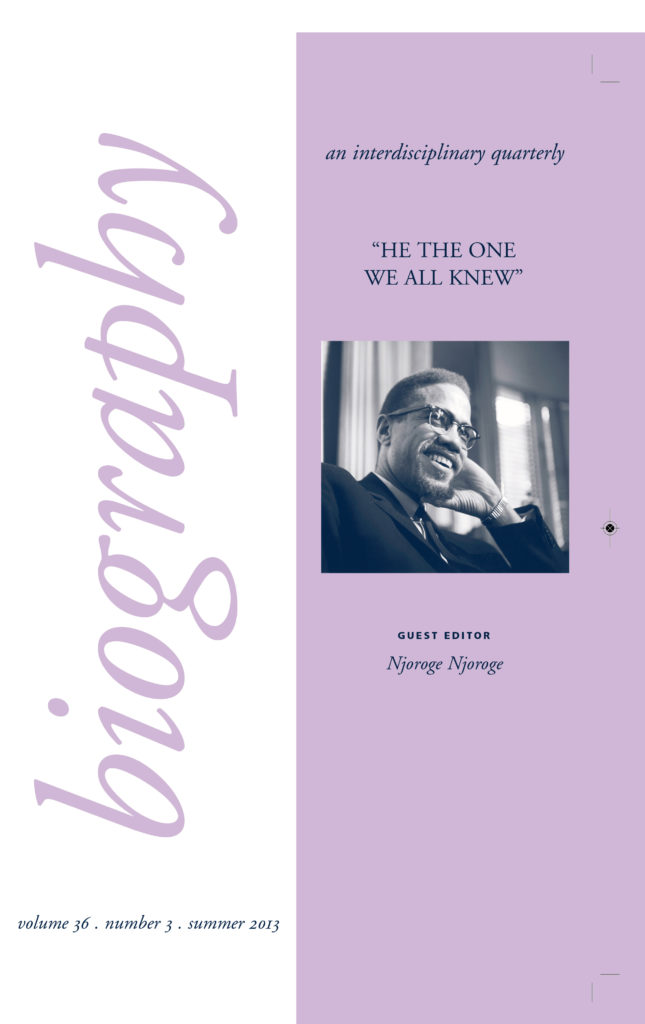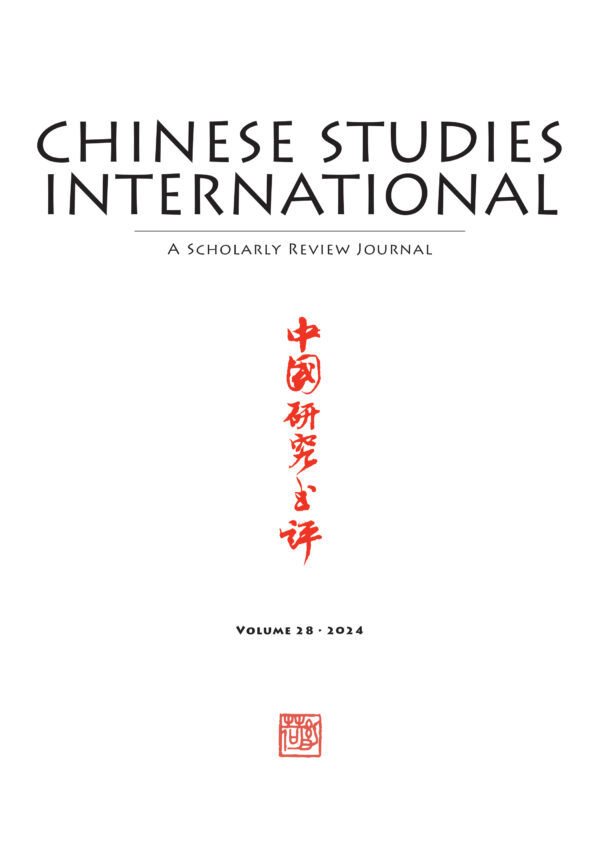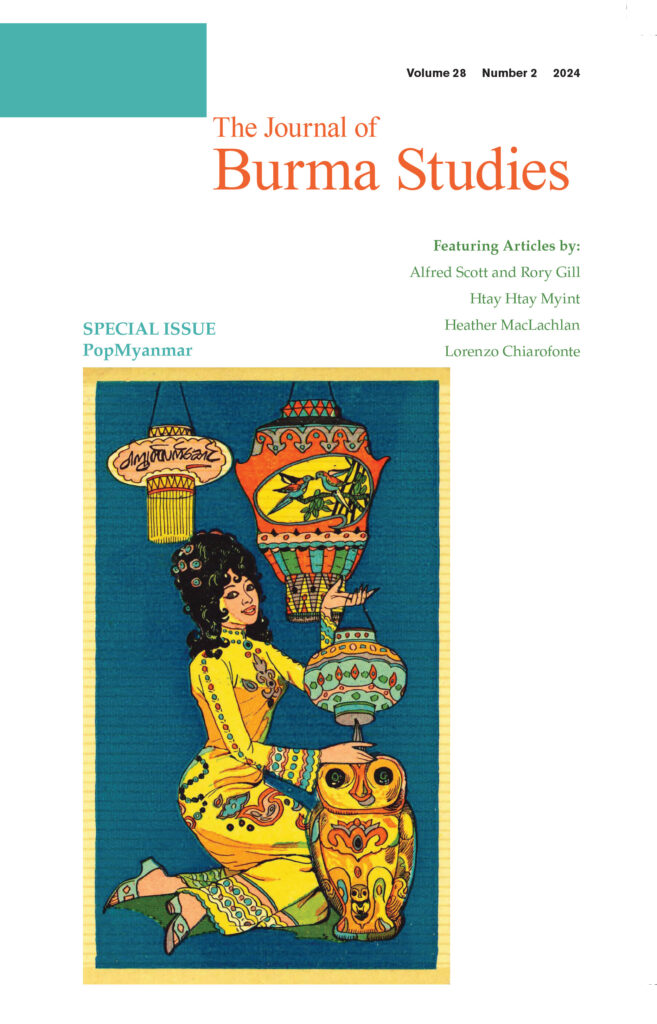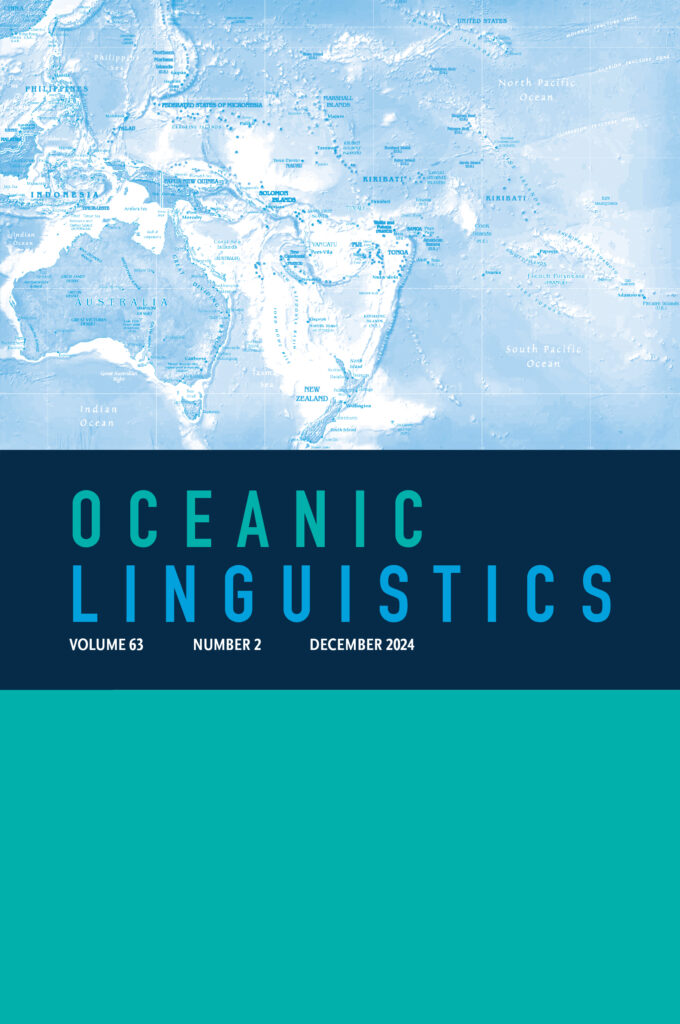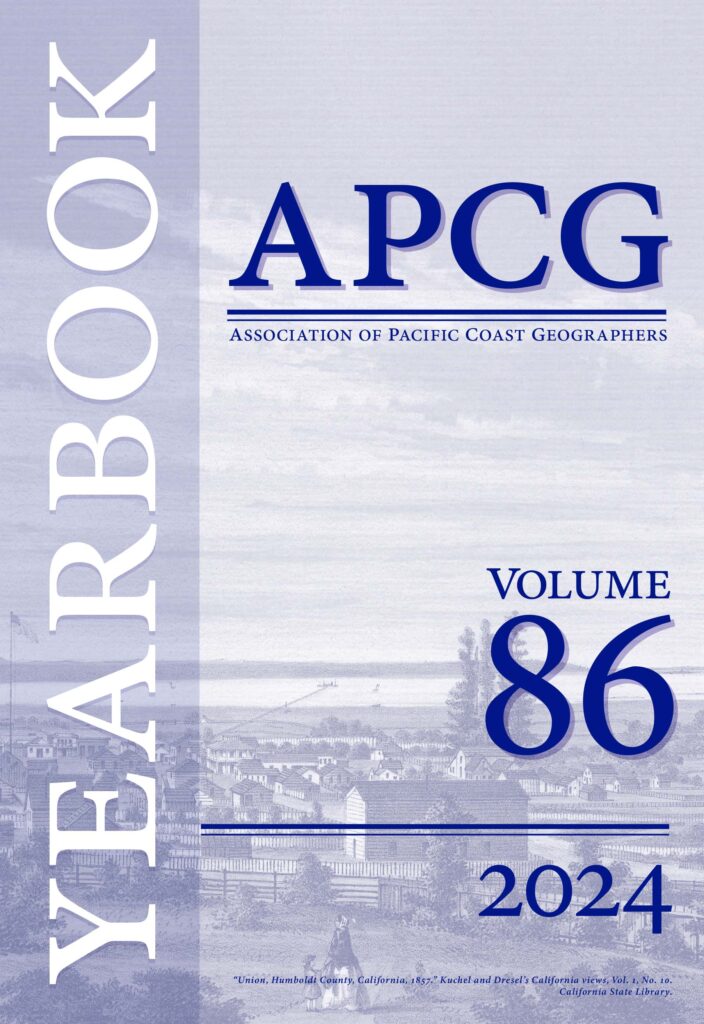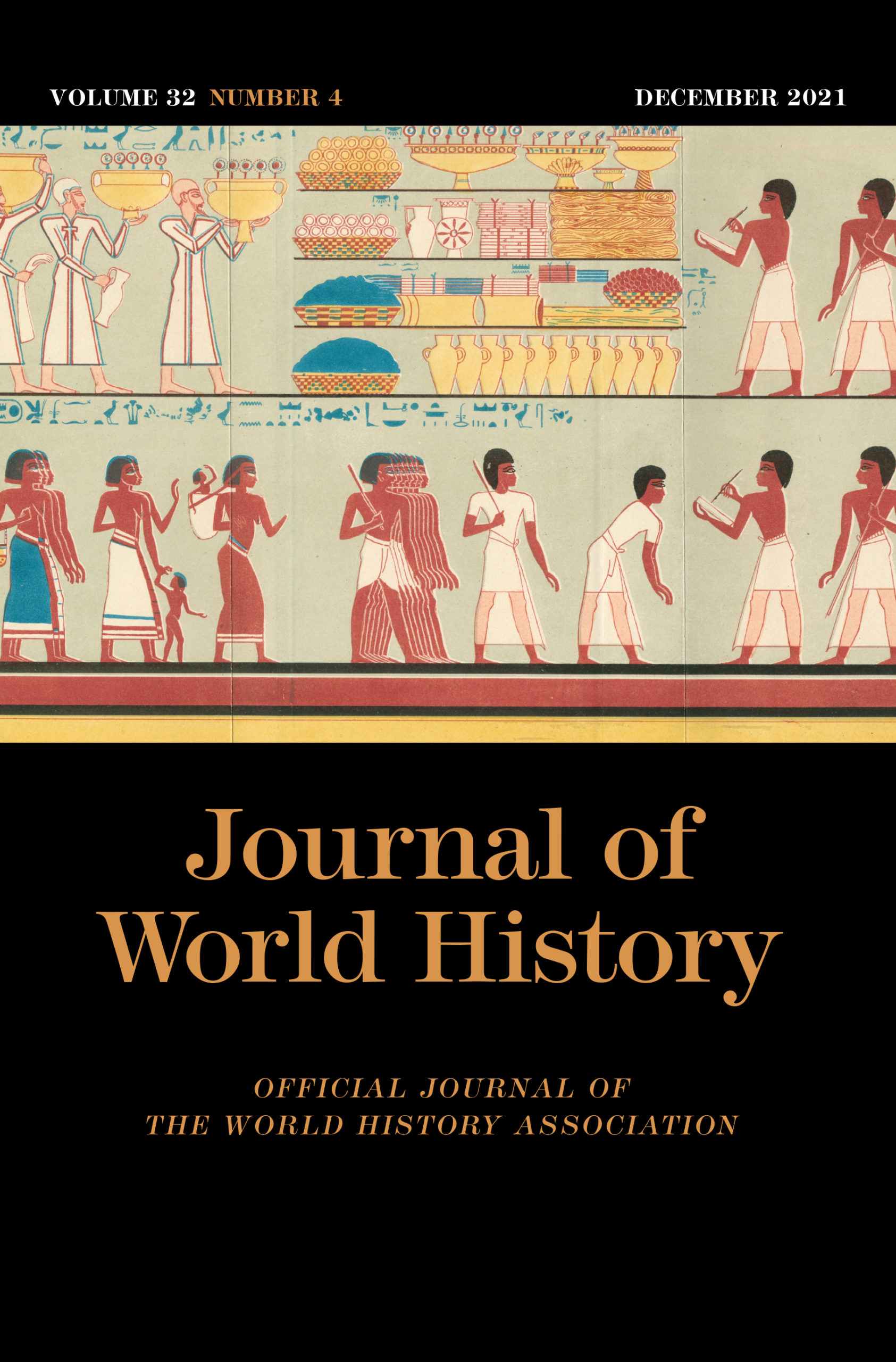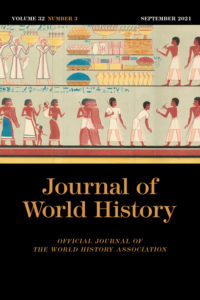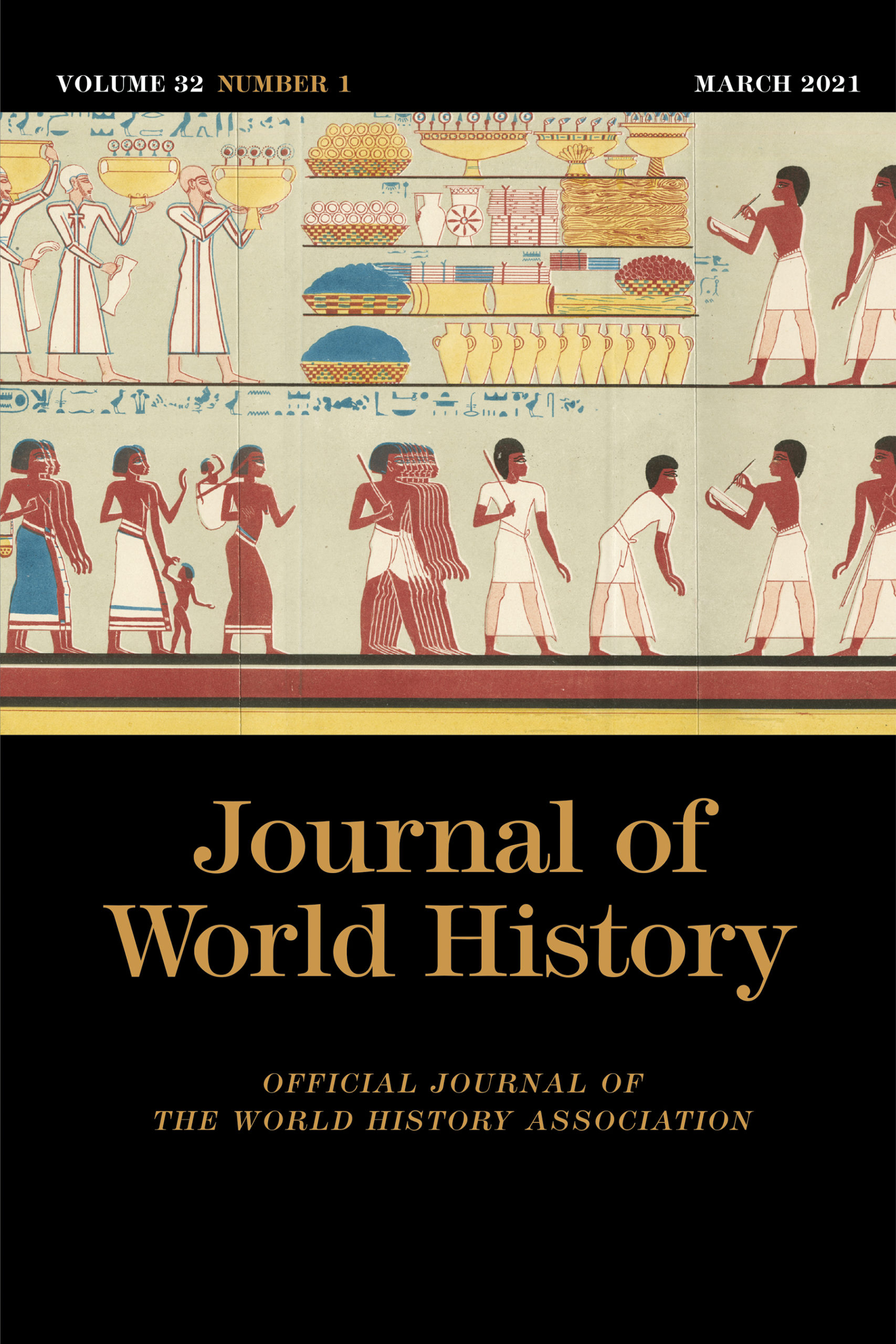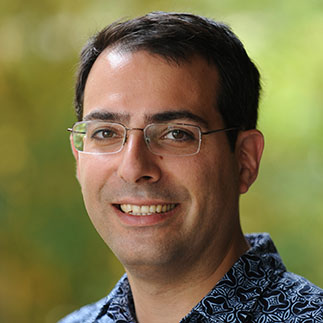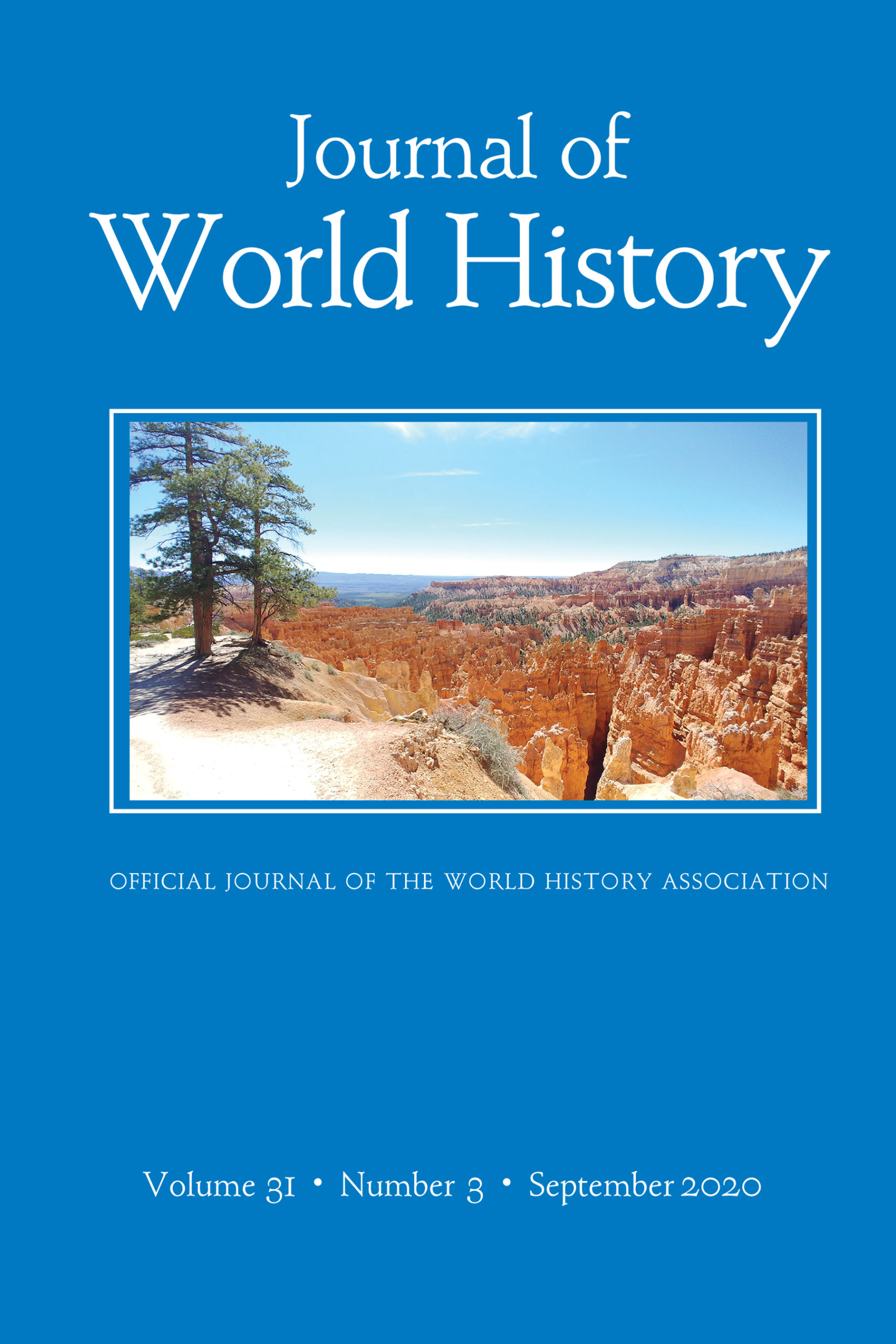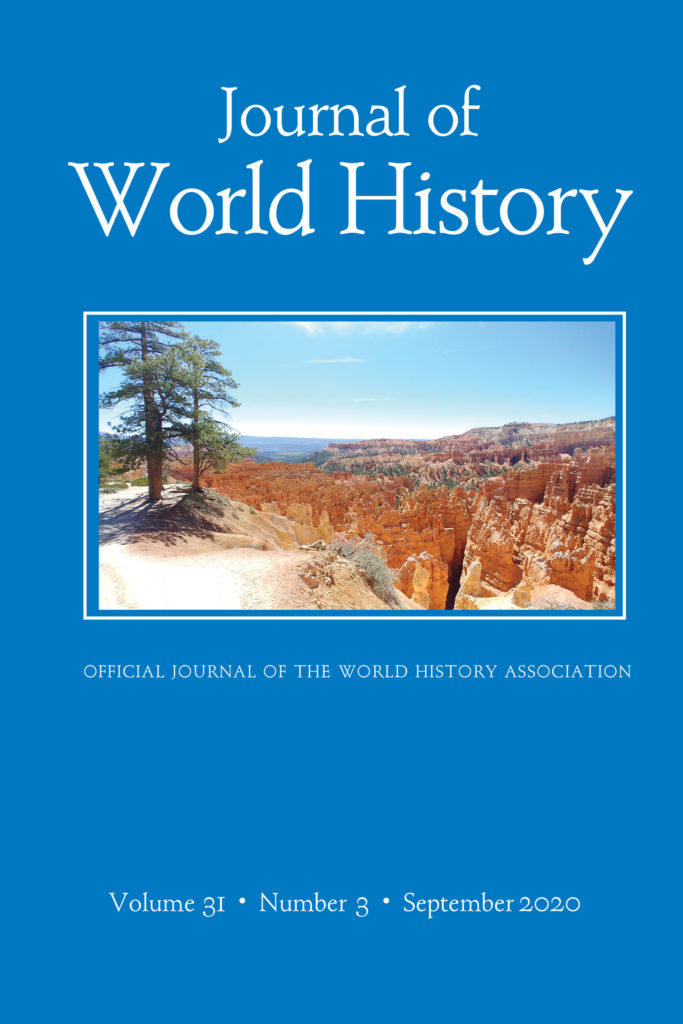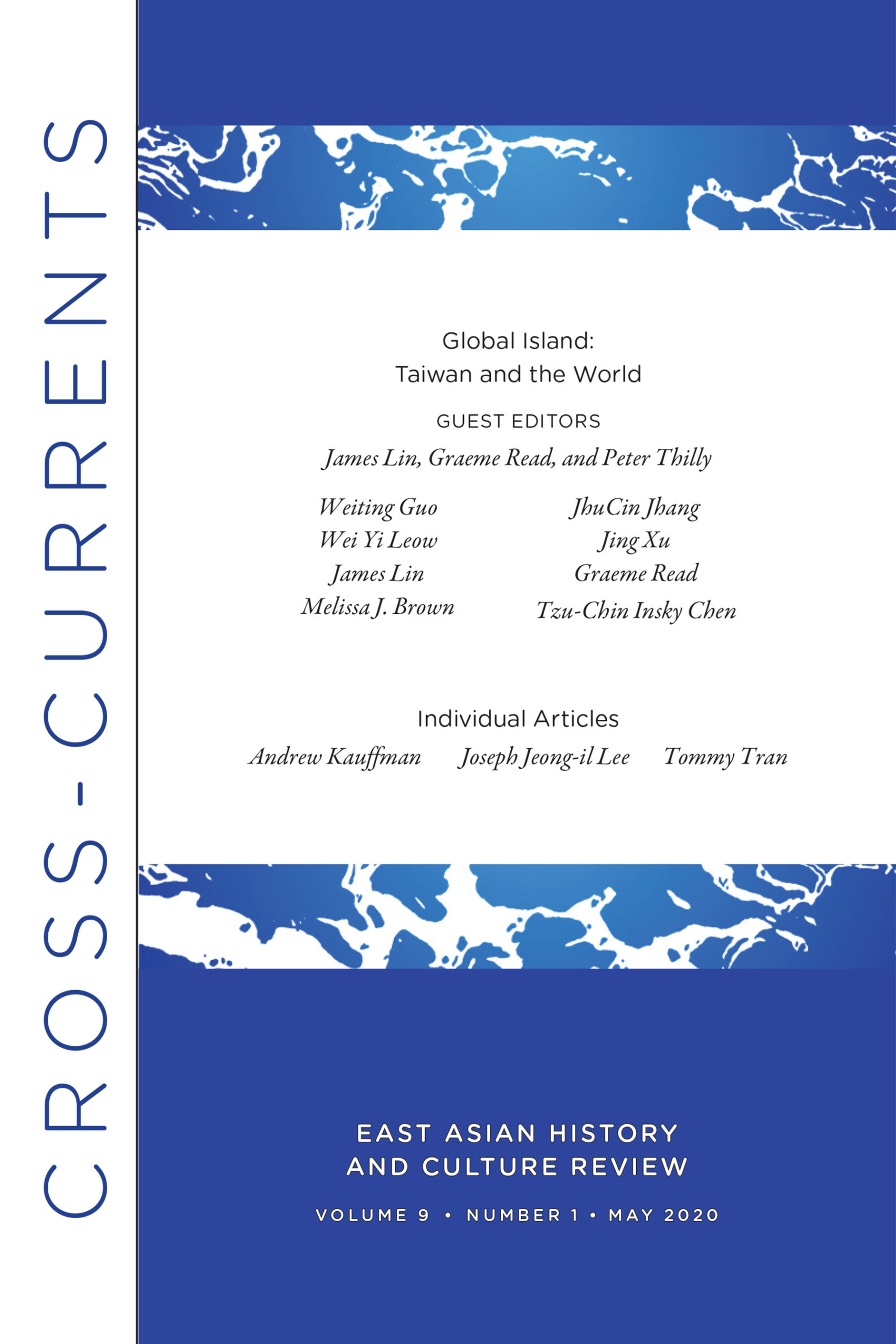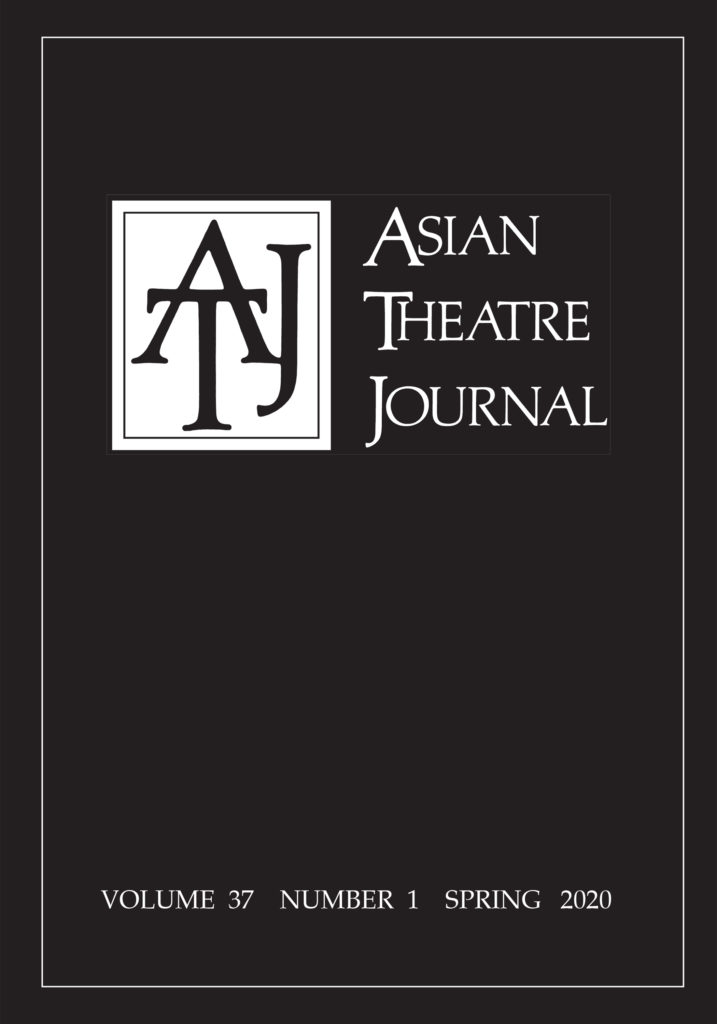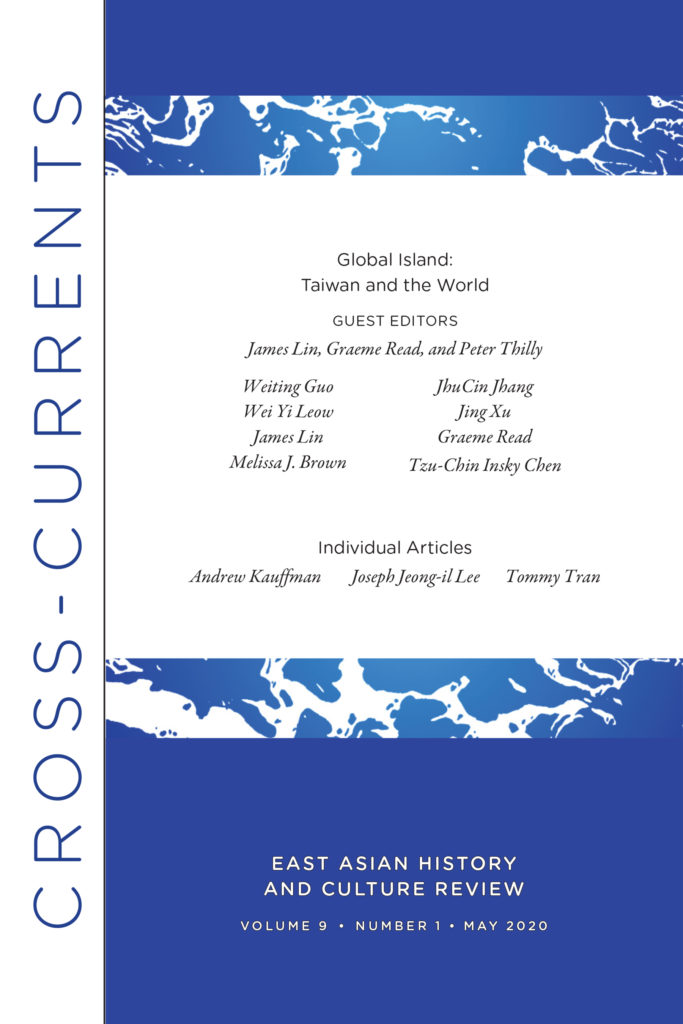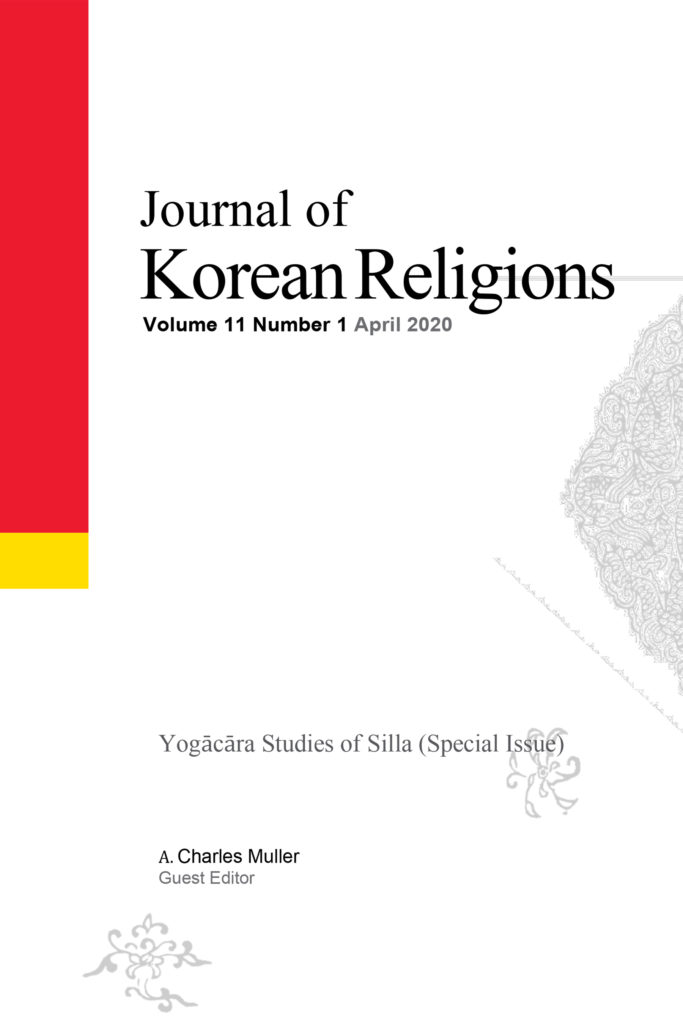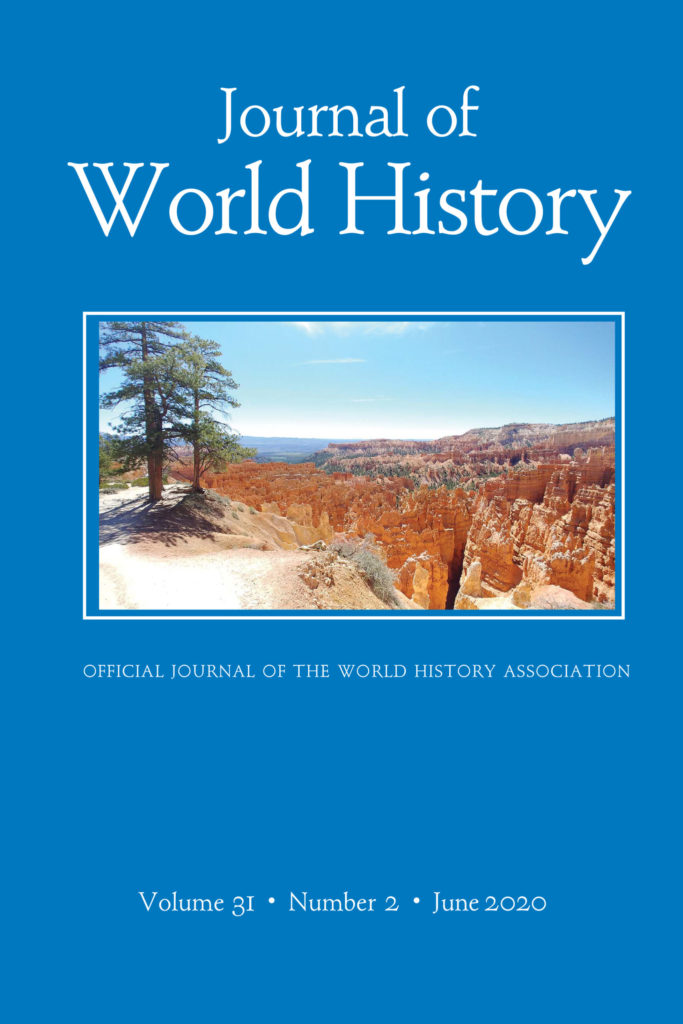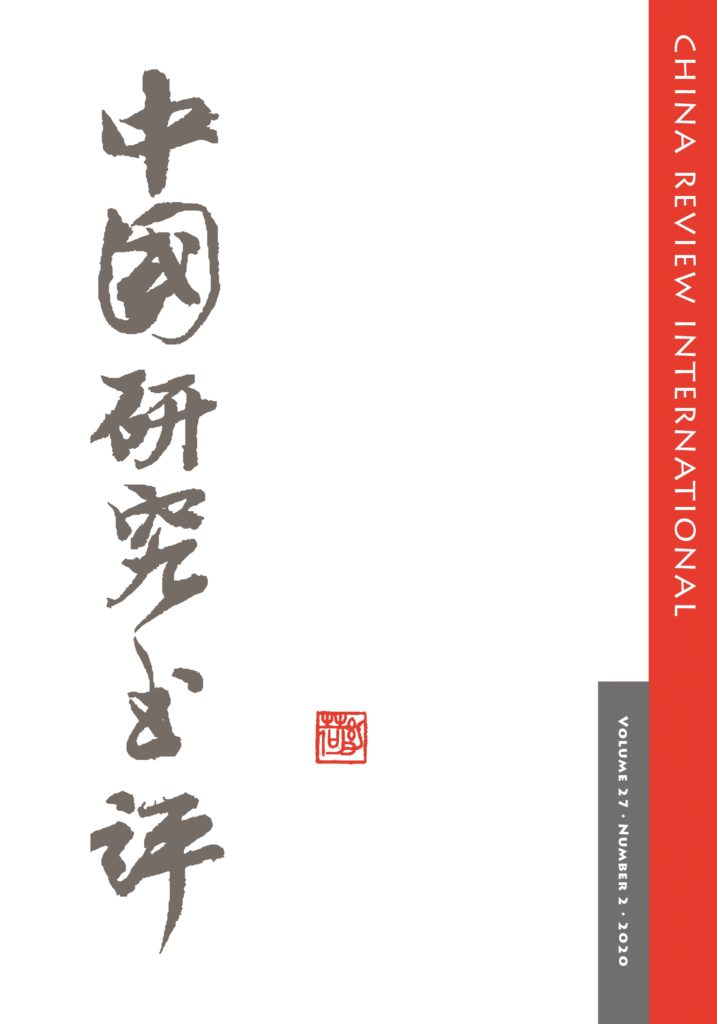
China Review International
Volume 27, Number 2 (2020)
The new issue includes the following feature, “Shanghai between Modernity and Postmodernity.” Author Lei Ping explains in the introduction:
Shanghai, an unequivocally distinctive cosmopolitan city, has been a critical subject of scholarly studies and popular interest since the nineteenth century. “Shanghai fever” (Shanghaire), coupled with Shanghai nostalgia, became a sensational literary, cinematic, and cultural phenomenon in the 1990s and has continued throughout the turn of the twenty-first century as the post-Mao era unfolds. After a few temporarily dormant years following the culmination of the fervor, Shanghai has reemerged in recent global scholarship as a path to understand Chinese modernity and China’s rise to the world’s second largest economy. The question as to what kind of pivotal role Shanghai plays in conjuring the so-called China’s lost modernity causes a resurfacing of intellectual debates about Shanghai—“the other China.”
Find more reviews at Project MUSE.
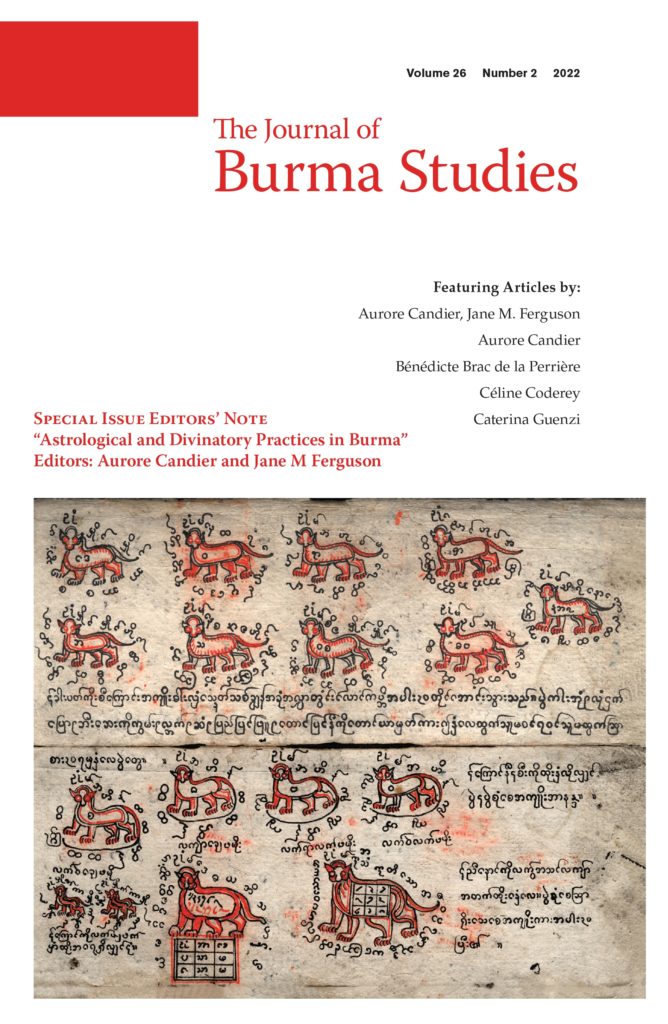
Journal of Burma Studies
Special Issue: Astrological and Divinatory Practices in Burma
Volume 26, Number 2 (2022)
The new special issue is introduced by editors Aurore Candier and Jane M. Ferguson stating:
This special issue of The Journal of Burma Studies is part of a collective and multidisciplinary project which explores astrological and divinatory knowledge and practices in Burma. These practices include fortune telling, divinatory, and therapeutic techniques, and they serve a broader system for the interpretation of past, present, and future events. In Burma, as elsewhere in South and Southeast Asia, astrology and divination rationales are part of social thinking and are also embedded in religious fields (Vernant 1974:10; Guenzi 2021:9). The collective aim of these four articles is to investigate the articulation between astrology, divination, religion, power, and discourse in Burma.
Find this special section and more at Project MUSE.
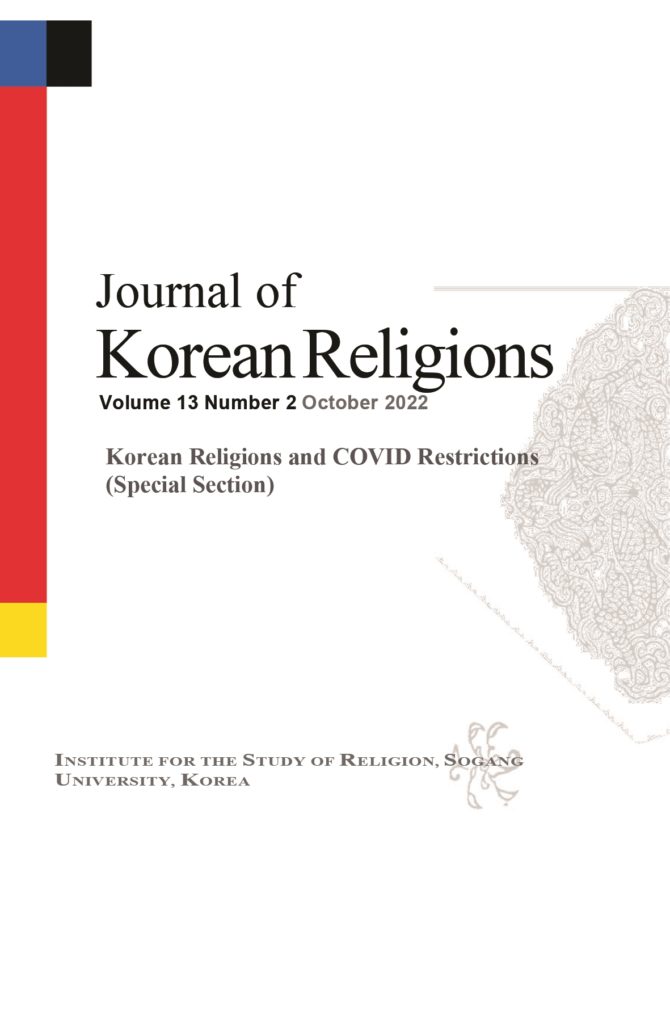
Journal of Korean Religions
Special Section: Korean Religions and COVID Restrictions
Volume 13, Number 2 (2022)
The new issue includes a special section, “Korean Religions and COVID Restrictions.” Editor Don Baker introduces the section:
In this issue, we have three articles delving into how Korea’s Christian communities—Catholic and Protestant—have dealt with a problem of the present: the COVID-19 pandemic. Christians place a lot of importance on regular weekly meetings for worship. The South Korean government, on the other hand, was concerned about those religious gatherings serving as venues for the spread of the deadly COVID-19 virus. Different Christian organizations in Korea responded in different ways to their government’s demand that they prioritize concern for public health and temporarily change the way their congregations gather for ritual expressions of their faith.
Find this special section and more at Project MUSE.
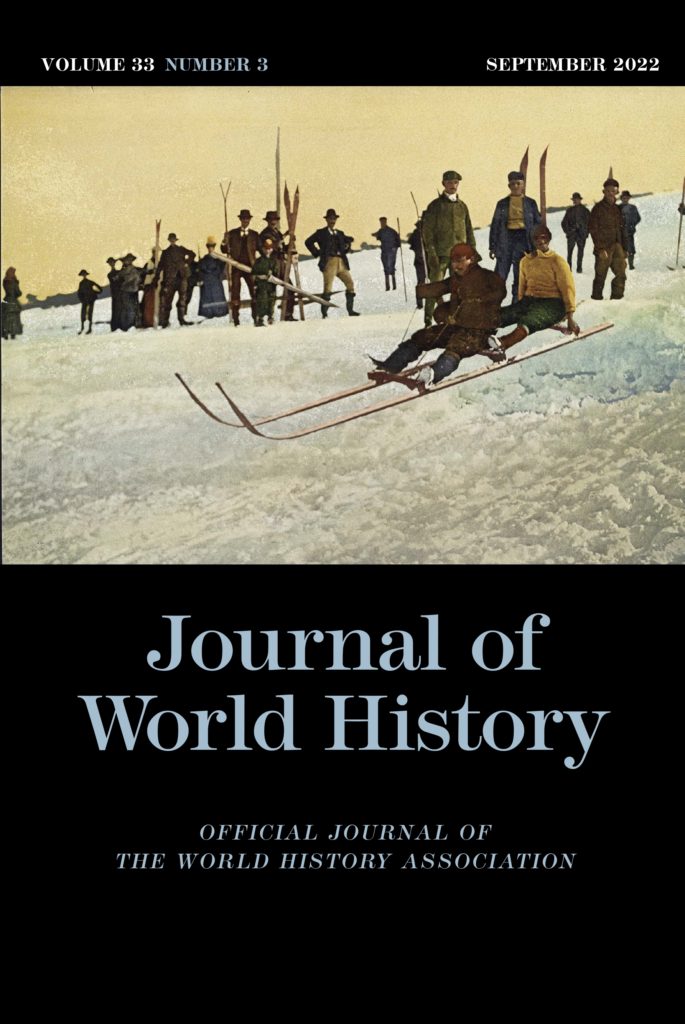
Journal of World History
Volume 33, Number 3 (2022)
The new issue includes the following articles and reviews:
The Spread and Regional Development of Wheat Farming in the Yellow River Valley under the Han Empire
Cheng Li & Yijie Zhang
Seventeenth-Century Foreign Lives of Ayutthaya: Sources of Cross-Cultural Cooperation and Integration in the Asian Trading Entrepôt
Igor Iwo Chabrowski
Decolonizations, Colonizations, and More Decolonizations: The End of Empire in Time and Space
Frederick Cooper
Find more research articles and reviews at Project MUSE.
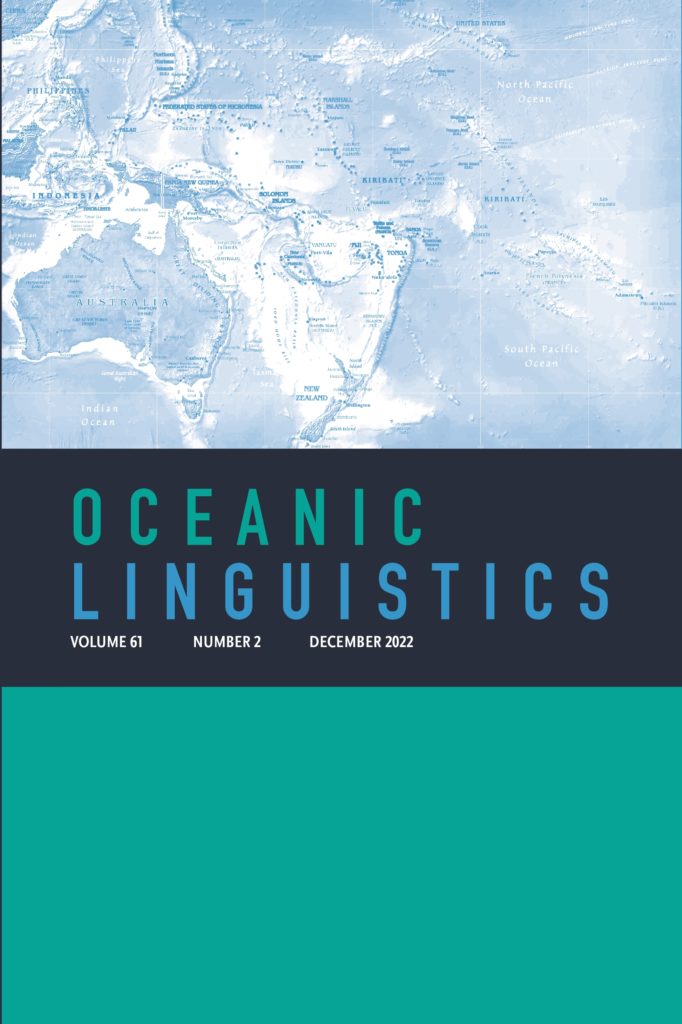
Oceanic Linguistics
Volume 61, Number 2 (2022)
The new issue includes the following articles and reviews:
Notes on the Synchronic Phonology of Nauruan
Lev Blumenfeld
Notes on the Diachronic Phonology of Nauruan
Lev Blumenfeld
Plural Words in Austronesian Languages: Typology and History
Jiang Wu
What Sluices in Malagasy Sluicing?
Eric Potsdam
Rote-Meto Comparative Dictionary by Owen Edwards (review)
Charles E. Grimes
Find more research articles and book reviews at Project MUSE.
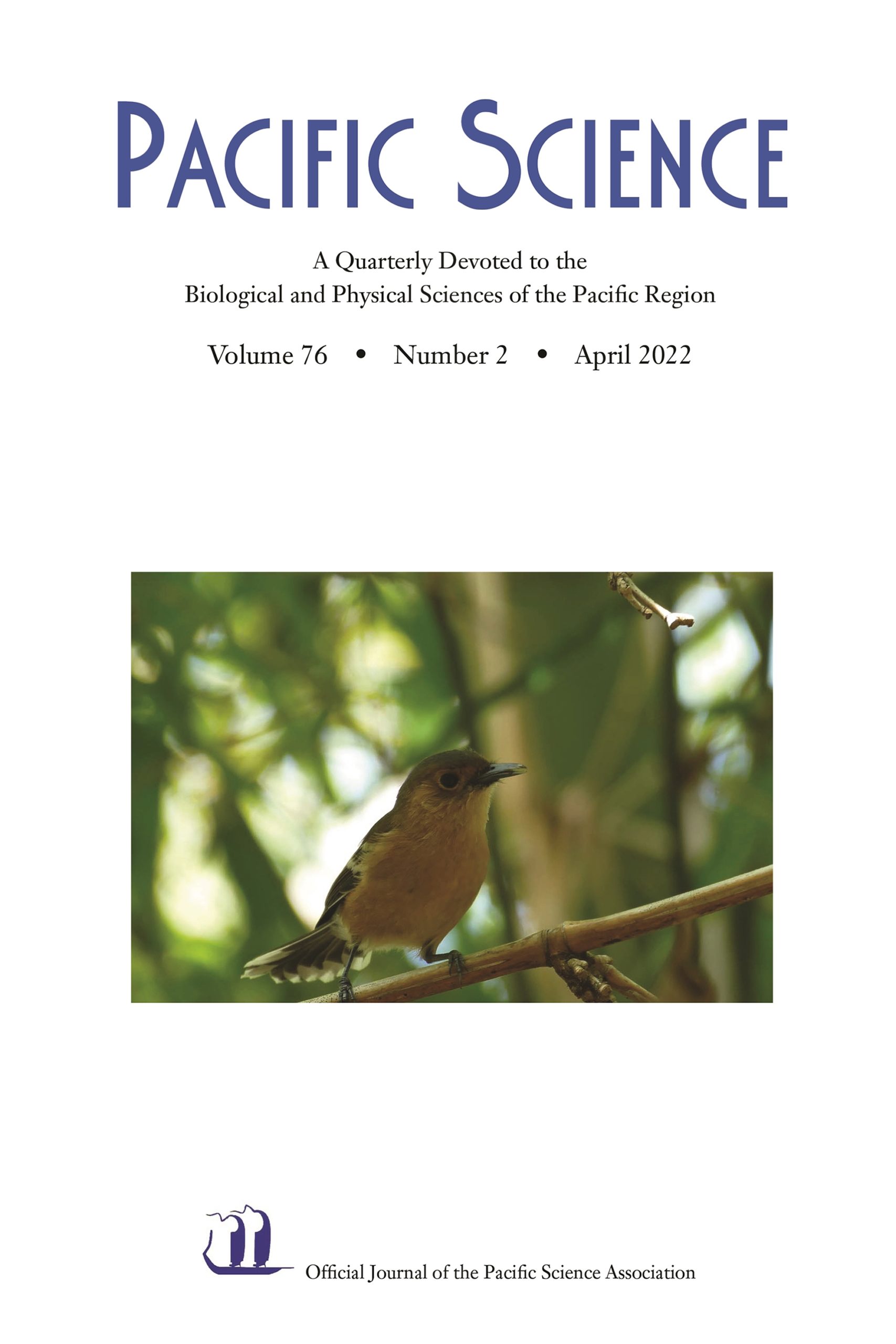
Pacific Science
Volume 76, Number 2 (2022)
The new issue includes the following articles and reviews:
Spatial Ecology of Humpback Whales (Megaptera novaeangliae, Cetacea-Balaenopteridae) from the Mexican Central Pacific
Christian D. Ortega-Ortiz, Andrea B. Cuevas-Soltero,
Reyna Xóchitl García-Valencia, Astrid Frisch-Jordán, Katherina Audley, Aramis Olivos-Ortiz, and Marco A. Liñán-Cabello
Pacific Hibiscus (Malvaceae) in Sect. Lilibiscus. 1. Hibiscus kokio and Related Species from the Hawaiian Archipelago
Lex A.J. Thomson and Brock Mashburn
Peculiar Molting Behavior of Large Hermit Crabs
Rise Ohashi and Naoki Kamezaki
Efficiency and Efficacy of DOC-200 Versus Tomahawk Traps for Controlling Small Indian Mongoose, Herpestes auropunctatus (Carnivora: Herpestidae) in Wetland Wildlife Sanctuaries
Lisa S. Roerk, Lindsey Nietmann, and Aaron J. Works
Status of Forest Birds on Tinian Island, Commonwealth of the Northern Mariana Islands, with an Emphasis on the Tinian Monarch (Monarcha takatsukasae) (Passeriformes; Monarchidae)
R. L. Spaulding, Richard J. Camp, Paul C. Banko, Nathan C. Johnson, and Angela D. Anders
Find more research articles at Project MUSE.
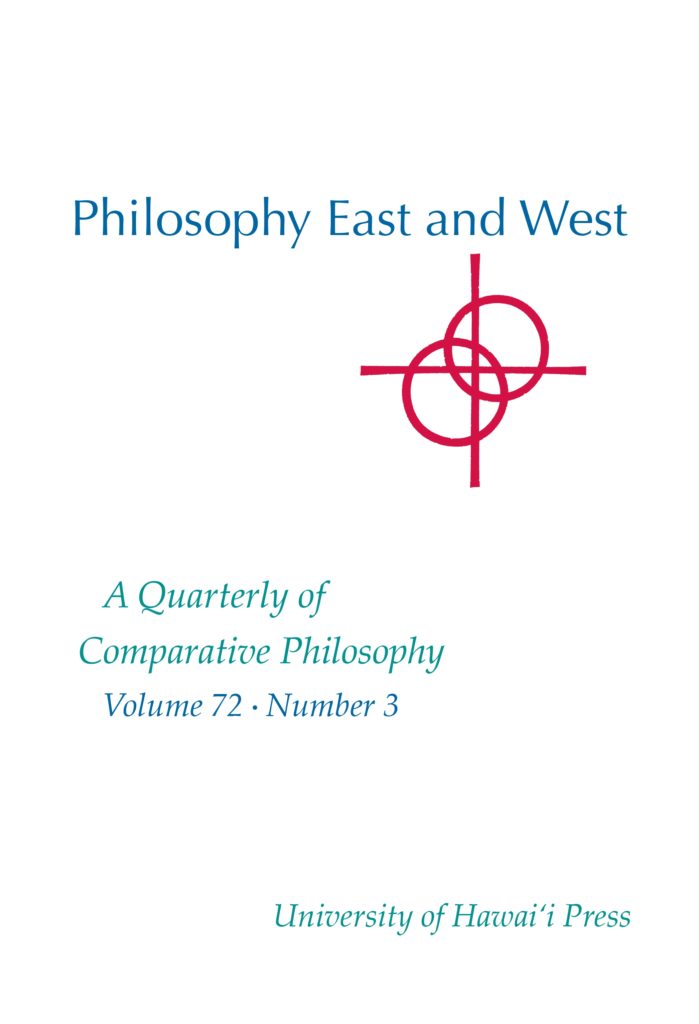
Philosophy East and West
Volume 72, Volume 3 (2022)
The new issue includes the following articles:
On Otherness and Sameness: A Dialogue between Zhu Xi and Levinas on Ethical Interrelatedness
Diana Arghirescu
Which Fidelity, Whose Adultery? Minding Manu’s Verse
S. N. Balagangadhara, Sarika Rao, Jakob De Roover, and Marianne Keppens
Spiritual Exercises and the Therapeutic Pragmatics of Contradiction in Tiantai Zhiyi
Eunyoung Hwang
Cārvāka: A Metaphysically Grounded Materialist Ethics
Sahana V Rajan and Jayshree Jha
Find more articles, discussions, and reviews at Project MUSE.
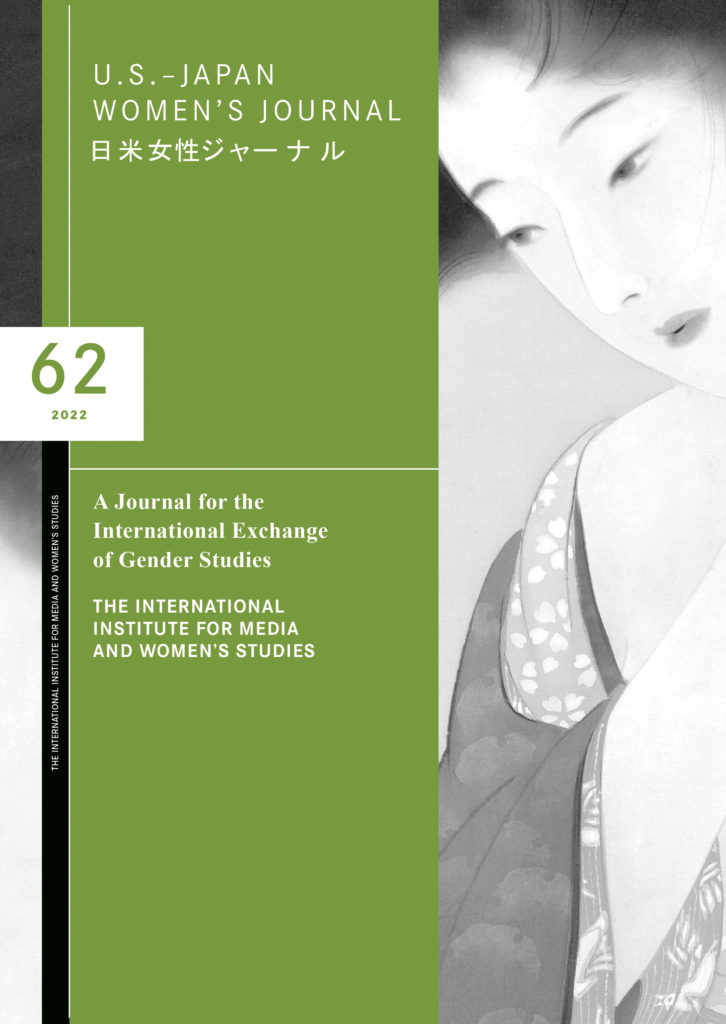
U.S.-Japan Women’s Journal
Special Issue: Girls and Literature
Volume 62 (2022)
Guest Editors Hiromi Tsuchiya Dollase and Wakako Suzuki present the special issue stating:
We are pleased to present this special issue of the U.S.–Japan Women’s Journal (no. 62) on “Girls and Literature.” This issue evolved from a panel titled “The Shōjo Genre and Gendered Discursive Practices: The Rise and Decline of Girls’ Novels in Japan” at the Association for Japanese Literary Studies (AJLS) annual conference held at Emory University in January 2020. Our goal was to discuss issues of genre categorization in literature, particularly as they pertain to shōjo shōsetsu, or girls’ fiction (short stories, novellas, and novels).
Find more articles, discussions, and reviews at Project MUSE.





